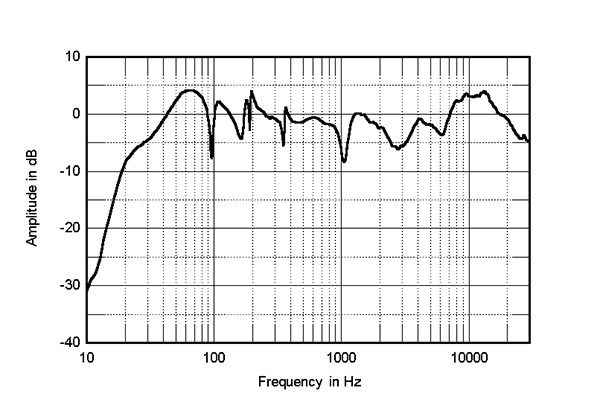Fwiw I have kef ls50 meta ( + Klipsch sw308 powered sub), Ohm Walsh and Sonus Faber Concerto Domus each in different rooms. I use Roon DSP to tweak the sound of each in their corresponding rooms. The KEFs are known for their good technical measurements. The Sonus Faber also have measured well but not as well as the KEFs. I have seen measurements of earlier Ohm Walsh models from years ago and they tend to be good but are not as conclusive perhaps due to age.
Each room’s acoustics measure much differently and each has its rougher areas that I have tackled via room correction using Roon DSP.
These are all “good quality” speakers. Once room is corrected for they start to sound more similar than different in regards to tonality. Soundstage imaging and detail is very good in each case but each is somewhat unique in this regard.
So once room is corrected I then use Parametric EQ in Roon DSP to tailor to my taste. The good measuring kefs require the least, just a bit of a bump from 4-6khz to liven things up a tad. The other two may get a similar bump but there are also remaining high end and bass related tweaks I apply to get them sounding just right to me at my listening position.
So after all that in the end they each sound quite similar in regards to tone. The kefs are the ones that reveal the most detail in the recordings. The Sonus Faber provide a touch of added “musicality” that I would attribute to their cabinet designed to deliver sound more like an orchestral string instrument. The pseudo-Omnidirectional Ohms are somewhere in between and always excel at delivering a live like sound where the players are in your room as opposed to you being drawn into the recording.
So there you have it. Measures serve a purpose to help differentiate gear out of the box and also facilitate getting them tweaked effectively as needed but alone do not assure a clear winner. No surprise there eh?
Also I have learned that DSP is the great equalizer. No reason these days to be stuck with the sound you get out of the box. If the speakers are up to the task given the room at hand, almost anything is possible from there with a proper amp and DSP.



